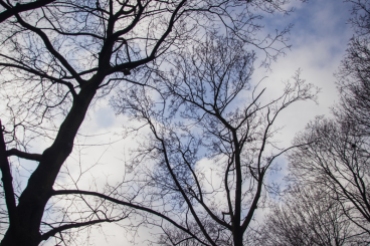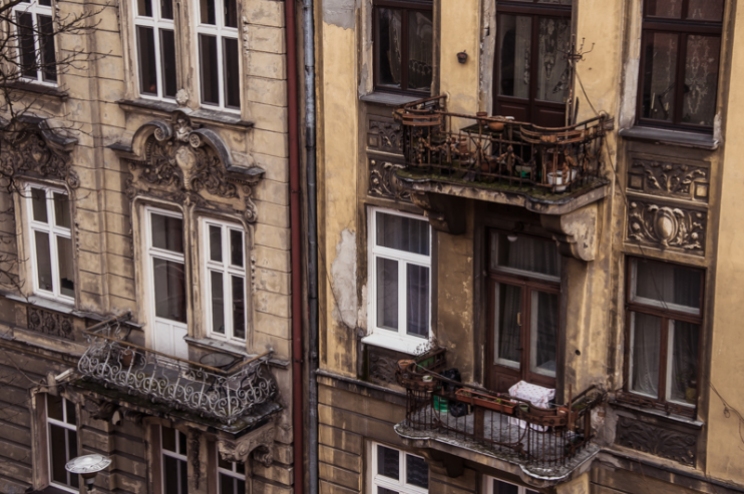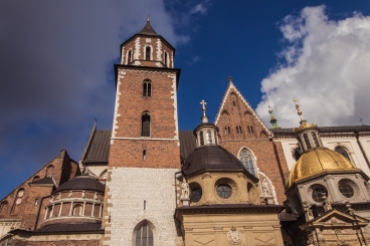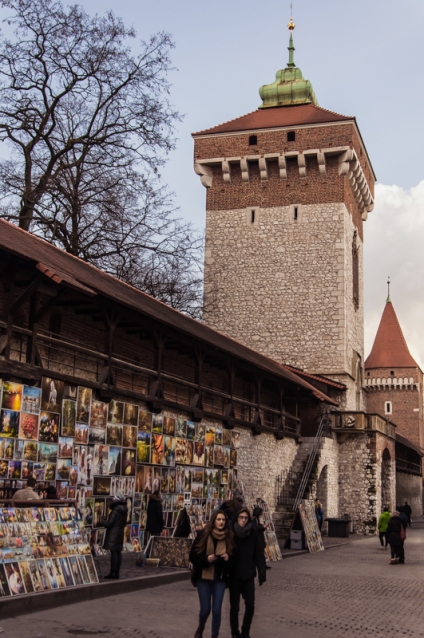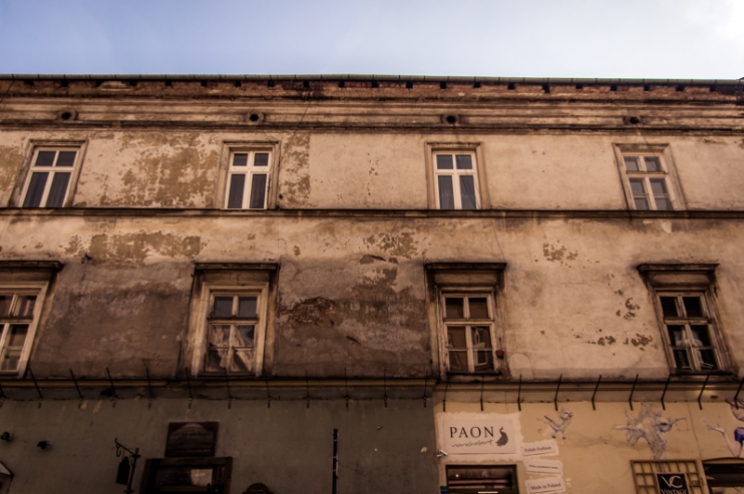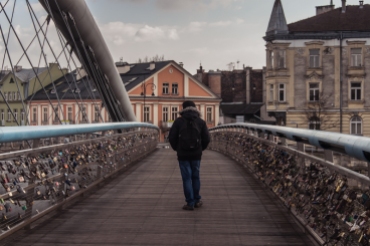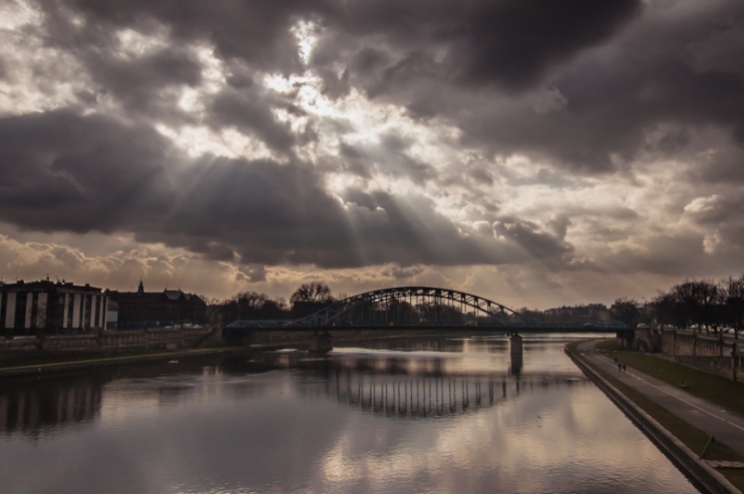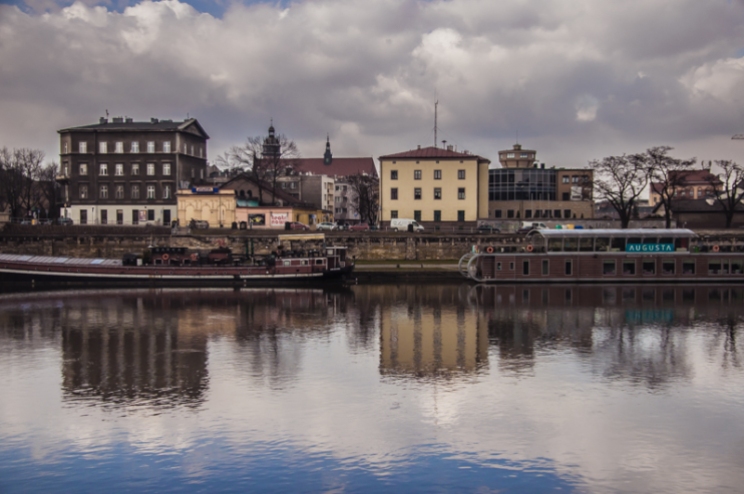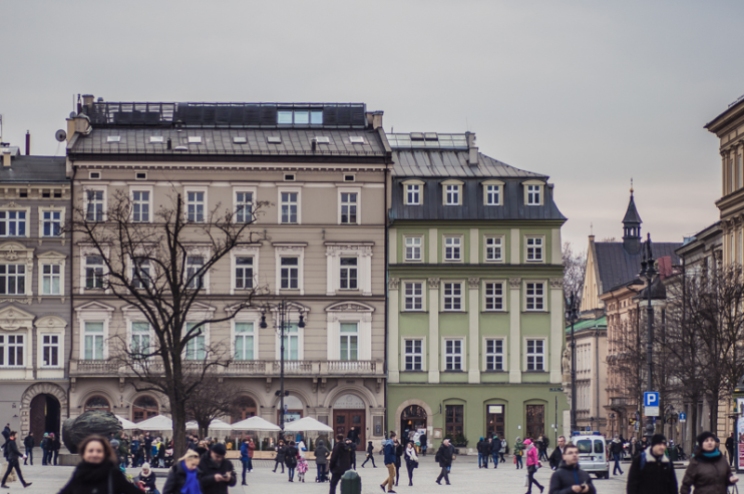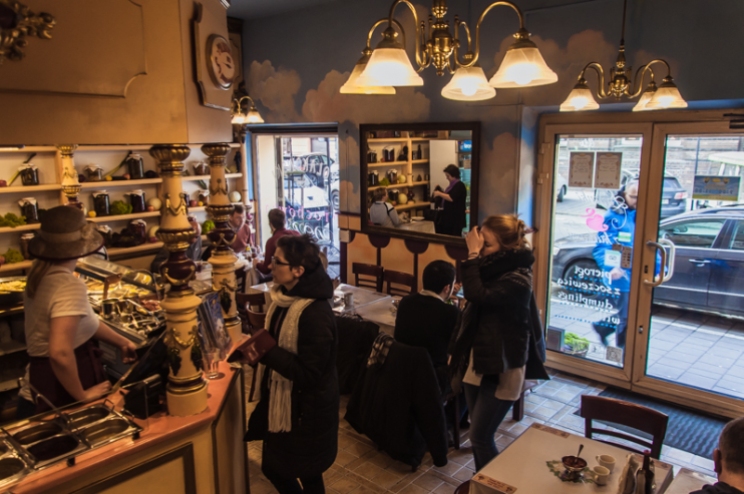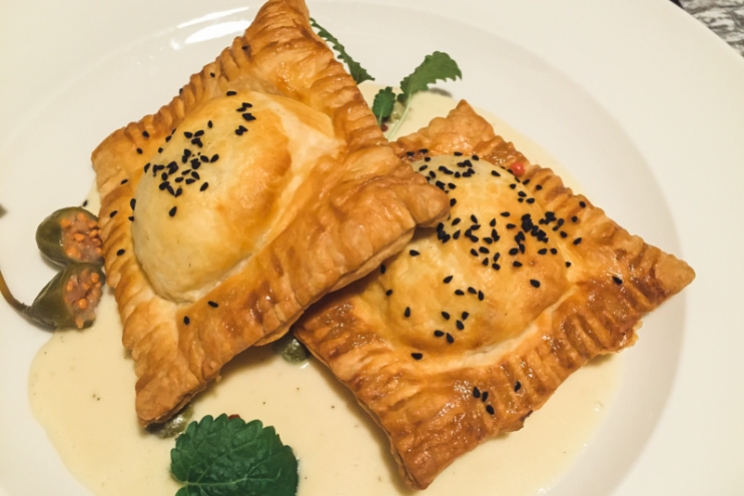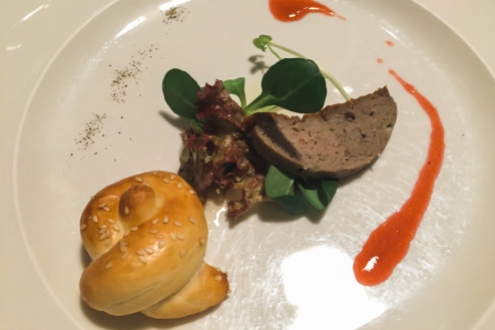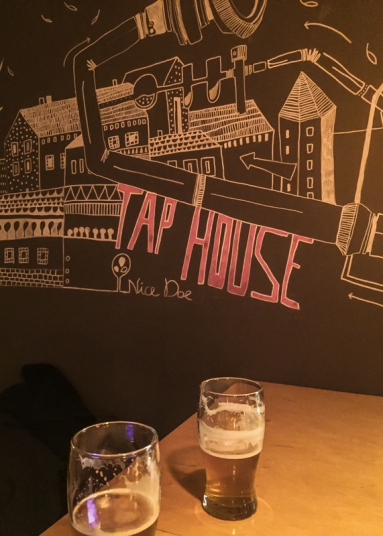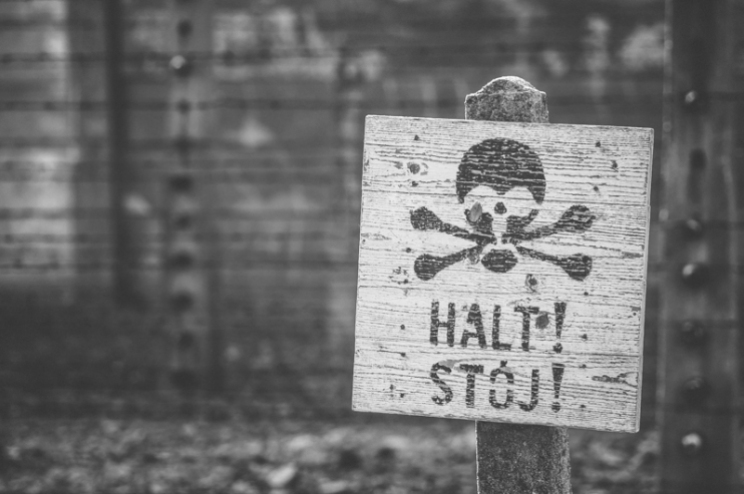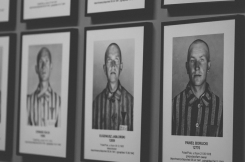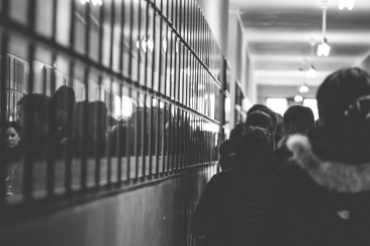We went visiting Krakow for a long weekend a couple of months ago.
I’ve always been attracted to Eastern Europe and this has been my first time in Poland. People, food, views… Everything is worth the visit!
My husband had already been there for a business trip last year, and he was so impressed by this city that we planned to return together as soon as possibile.
And so we did in a chilly weekend of February.
Krakow is such a beautiful city, full of pretty places and charming views.
This city had been a capital, it had been conquered and set free many times, and many dramatic and struggling events, especially during Second World War, have happened there. Krakow is full of history and you can find many interesting things to see: buildings, churches, synagogues, museums and monuments. We have visited Wawel Castle and we have walked a lot across the oldtown and the amazing marked square Rynek Glowny. We spent great time discovering the old hebrew district Kazimierz. We have also visited what’s left of the jewish ghetto built by the nazis during the war, and we wisited the well know Oskar Schindler’s factory which now contains a museum about the german and russian occupation of the city in XX century.
Krakow is a place where fancy buildings with light tempera colors – similar to Prague’s ones – stay side by side neglected buildings which are not abandoned but only marked by the flow of time.
Krakow is a place where the sky is covered by thick clouds and suddendly sun breaches out with a cold light.
Krakow is a city full of contrasts, and I love this kind of vibes when I’m travelling abroad.
Last but not least, Krakow is really convenient for people from the euro zone.
Hotel and restaurant are pretty inexpensive: you can stay in beautiful hotels or have dinner in fancy restaurants for a lower price than in other european cities. You can have lunch for two in local taverns with less than 10 euro, you can taste local wodka flavored in many ways (black pepper, cinnamon, chocolate, peach, pear, caramel, chilly pepper) for 6 euro, you can drink beer with 2 euro.
Both the old town and the hebrew’s district Kazimierz are full of delicious restaurants like Trezo, Introligatornia Smaku, Starka and Polakoswki, where we tasted many tipical polish dishes like pierogi (traditional dumplings with cheese), zurek (super yummy soup with bacon, sausages and boiled eggs), borsch with dumplings and bigos (stuffed meal with cabbage). Moreover, there are many interesting bars like Wodka cafe bar – which is placed near the market square and serves the most extensive collection of wodka I’ve ever see – and Tap House Pracownia – which has a huge selection of local and craft beers.
Seems like heaven for glutton people, isn’t it?
So, you can understand why Krakow is simply perfect for a relaxing weekend abroad if you like charming cities full of history, good food and tasty drinks.
Enjoy all the pics!
It’s quite difficult to change completely topic after all those happy and cheerful pictures.
But I have to, even if it’s troublesome and the exact opposite of what I was telling about so far.
Krakow is not only well know as a charming city, it is also placed near one of the most sadly famous internment camps of the nazis during World War II: Auschwitz-Birkenau.
During my life I read a lot of books and testimonies about the Holocaust: it’s something that has always moved myself so deeply in a way that I cannot explain.
When I was a teen and I read the Primo Levi’s testimony I’ve promised to myself that If I’d had chance to visit this city, I’d had to visit the camps as well.
I think it’s important to remember all the horrors happened in places like that. It’s our due to honour the memory of whom had been persecuted and killed just because they were different – hebrews, romans, polish, political opponents, omosexual, disabled or simply not able to work because too young or too old or pregnant women.
So we decided to book a guided tour on saturday morning in order to visit Auschwitz I and Auschwitz-Birkenau, which are the two main camps in this area.
We were in a small group with a guy who guided us for almost three hours from the first camp to the second.
There are no words to explain something such inhuman. It was like entering gates of hell.
The thing that most impressed me more than the well known sign at the entrance – Arbeit Macht Frei, work sets you free – has been the perfect structure of the camps. They were efficient machines of death, designed to dehumanize the victims, deprive them of everything – clothes, hairs, personal belonging, families, even their identity – and then use them until they were useful to the machine, and in the end to exterminate them.
In this camp, just like in the others built by the nazis, the whole civil society was organized to kill according to mad and bloody ideas shared by millions of citizens.
There were soldiers, doctors, bookkeepers, teachers, every kind of profession, but finalized to exterminate people.
The were people like me or you, people who believed they were better than the others, who had to be extirpated from earth.
This is called “the banality of evil”.
Following picures still tear my heart apart.

